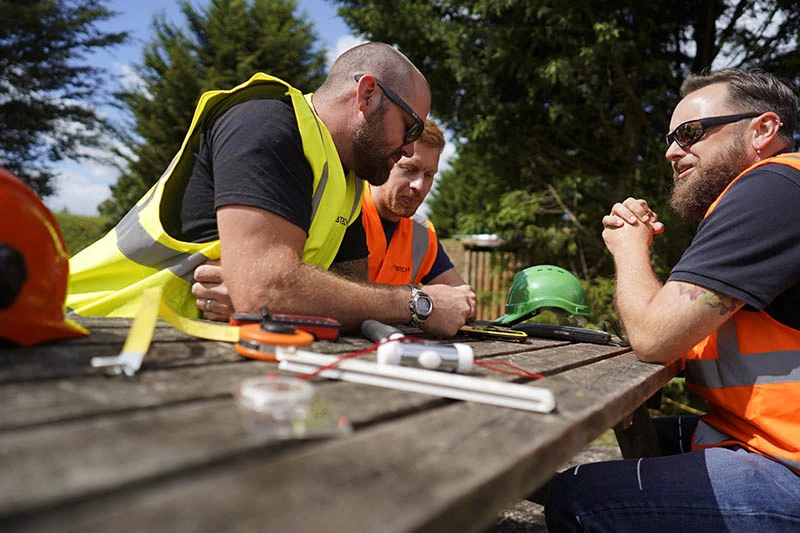Liverpool’s Distinctive Setting and Landscape Character
Once one of the world’s most important ports, Liverpool is a city shaped by its maritime heritage and cultural identity, and its built environment still reflects centuries of trade and industry. The UNESCO-listed waterfront with its famous Three Graces, Albert Dock and the Anglican Cathedral highlight its historic depth. At the same time, new development projects in the Knowledge Quarter, Baltic Triangle and Liverpool ONE have added a modern layer to the city’s fabric.
Away from the city centre, the existing landscape includes riverside parkland along the Mersey, Victorian garden suburbs and open countryside on the urban fringe. The contrasts create a setting where both townscape and landscape planning are vital for balancing growth with protection. Any proposed development must consider not only how it fits into Liverpool’s skyline but also how it relates to the surrounding communities and open spaces.
A thorough understanding of these dynamics is essential. Local authorities, decision makers and interested parties all expect evidence that shows how development will affect the city’s landscape character, visual amenity and heritage.
The Role of LVIA in Liverpool’s Planning Context
Liverpool is undergoing significant regeneration, with mixed-use schemes, transport upgrades and housing projects continuing to reshape the city. For each of these, decision-making relies heavily on clear assessments of potential impacts on both the built environment and the wider landscape.
A landscape architect will typically prepare a visual impact assessment landscape study known as a landscape and visual impact assessment (LVIA) to identify how a scheme will alter views, character and the sense of place. The findings can then inform your development plans, ensuring that potential effects are identified before designs are finalised.
When developments are large-scale, an environmental impact assessment (EIA) may also be required. In such cases, the LVIA forms a key chapter, focusing on visual amenity and landscape change. The likely effects are then presented in a way that allows local authorities and planning inspectors to balance benefits against drawbacks.
Liverpool’s planning context often involves negotiation with multiple stakeholders. Interested parties may include heritage bodies, community groups and businesses, all of whom have strong views on how the city should evolve. To support decision-making, an LVIA provides a consistent, evidence-based framework that shows the potential effects of new schemes and sets out how to address them responsibly.
What Happens During an LVIA
A landscape and visual impact assessment (LVIA) in Liverpool usually begins with site visits and baseline studies to record the existing landscape and townscape. The aim is to capture what currently defines the area: from historic docks and Georgian terraces to green corridors, open spaces and key landmarks. The analysis helps determine which features are most sensitive to change and where potential impacts are most likely to occur.
Next, the visual impact assessment landscape component focuses on how people will experience the proposed development. Visual receptors may include residents, commuters, tourists on the waterfront or visitors to cultural landmarks. Each of the viewpoints is studied to assess potential effects on visual amenity, ranging from minor changes to the likely effects.
The findings are then considered within the planning process. The landscape architect will recommend mitigation measures such as refining the landscape design, adjusting building heights or integrating planting and screening. The refinements reduce adverse outcomes and help the project align with policy and community expectations.
For major or contested schemes, reports may be tested at public inquiries or planning appeals, where an expert witness can provide further detail on methodology and conclusions. Whether as part of an environmental impact assessment (EIA) or a standalone LVIA, the goal is to support effective and transparent decision-making by providing clear evidence of both positive and negative changes.
Helping You Navigate Liverpool’s Planning System
If you’re bringing forward development proposals in Liverpool, Arbtech can help. Our landscape planning specialists and consultants deliver LVIAs that assess potential impacts, highlight likely effects and recommend mitigation measures. We provide the thorough understanding that decision makers and local authorities expect while presenting findings in a practical format.
With experience supporting mixed-use projects, housing schemes and infrastructure upgrades, our team can guide you through the planning process and provide expert witness support at public inquiries. Contact us today by phone, email or online form to arrange a site appraisal and get the evidence you need for a successful application.


